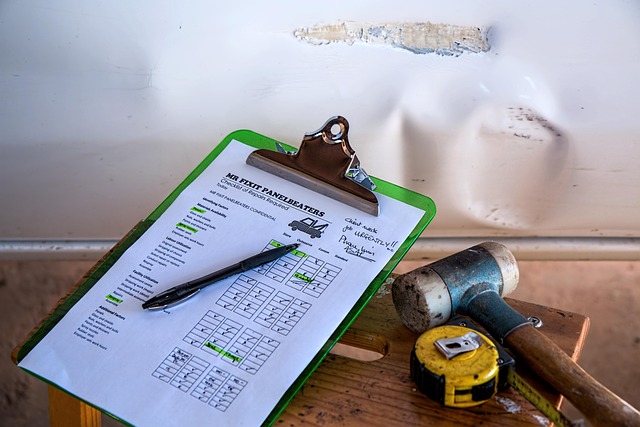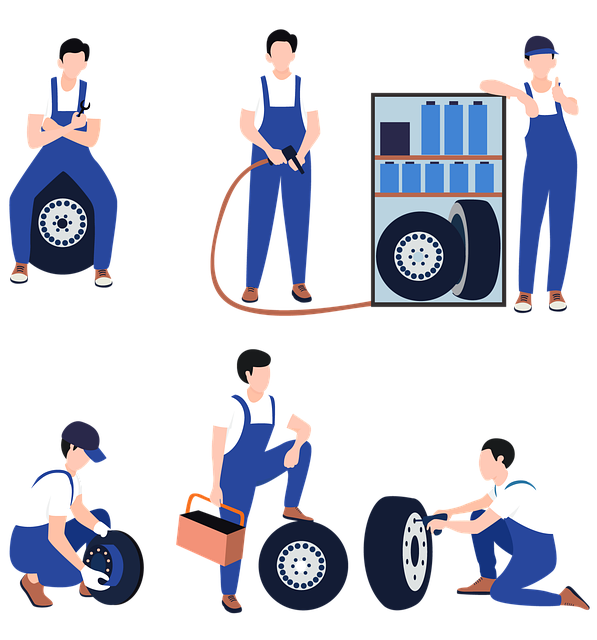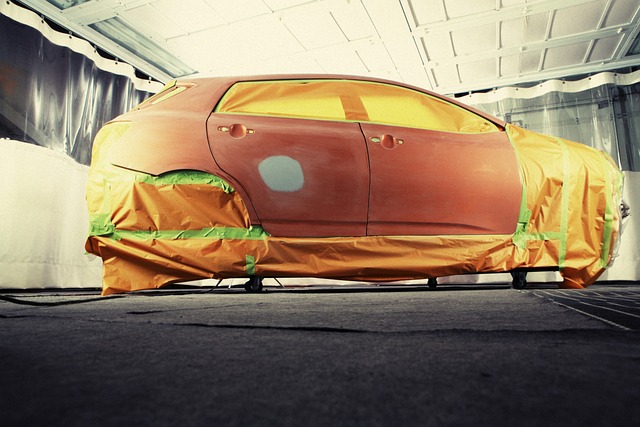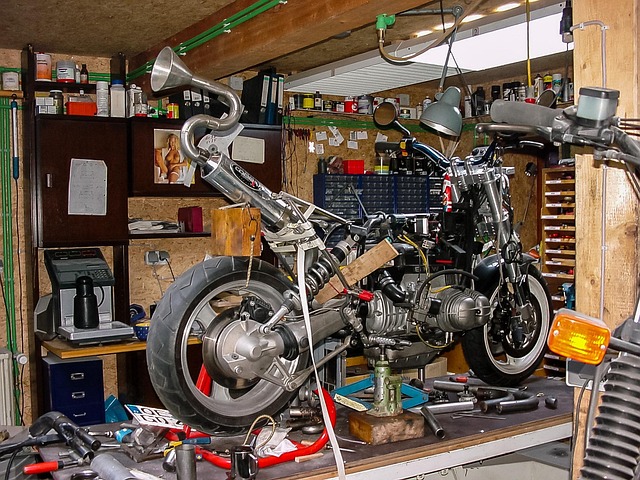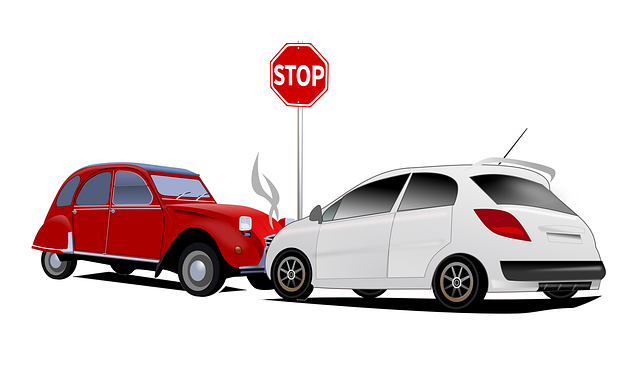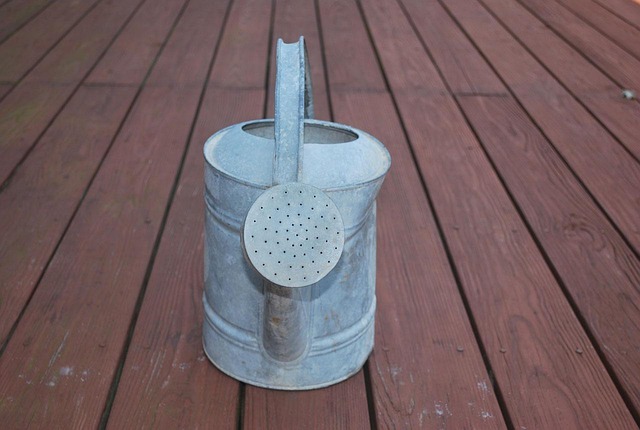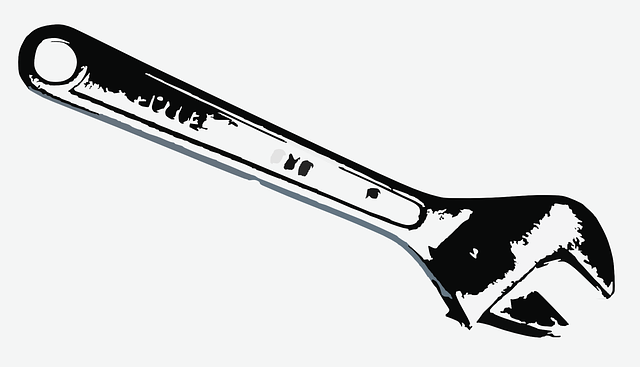Access to Original Equipment Manufacturer (OEM) repair procedures is vital for calibrating Advanced Driver-Assistance Systems (ADAS) sensors accurately, ensuring safety features like adaptive cruise control and automatic emergency braking function correctly. Authorized service centers with this access adhere to OEM guidelines, maintaining sensor performance after collisions and enhancing road safety. Future trends may include digital connectivity and cloud platforms for real-time updates and remote support, streamlining OEM repair procedure access and improving ADAS system reliability.
In today’s automotive landscape, Original Equipment Manufacturer (OEM) repair procedure access plays a pivotal role in Advanced Driver-Assistance Systems (ADAS) calibration. This article delves into the intricate relationship between OEM repair procedures and ADAS accuracy. We explore how seamless access to these guidelines impacts the performance of safety-critical systems, ensuring optimal functionality. Furthermore, we discuss best practices for maintaining precision and highlight emerging trends shaping the future of ADAS calibration in light of stringent regulatory requirements.
- Understanding OEM Repair Procedure Access
- Impact on ADAS Calibration Accuracy
- Best Practices and Future Trends
Understanding OEM Repair Procedure Access
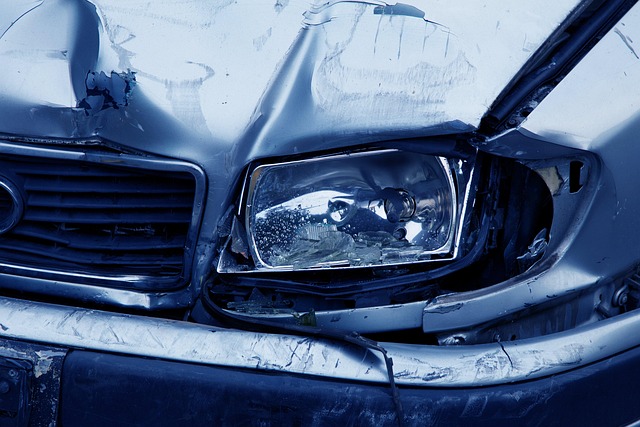
Understanding OEM Repair Procedure Access is a cornerstone in ensuring precise and reliable calibration of Advanced Driver-Assistance Systems (ADAS). Original Equipment Manufacturer (OEM) repair procedures provide step-by-step guidelines tailored to specific vehicle models, offering detailed insights into disassembly, reassembly, and adjustment processes. This access is vital for calibrating sensors such as cameras, LiDAR, and radar accurately, which are key components of ADAS.
Having these procedures allows for the precise restoration of vehicles after a collision, including intricate car dent repair and meticulous car paint repair, while maintaining optimal sensor performance. By adhering to OEM standards, technicians can guarantee that the vehicle’s systems function as intended, enhancing safety features like adaptive cruise control, lane departure warning, and automatic emergency braking.
Impact on ADAS Calibration Accuracy
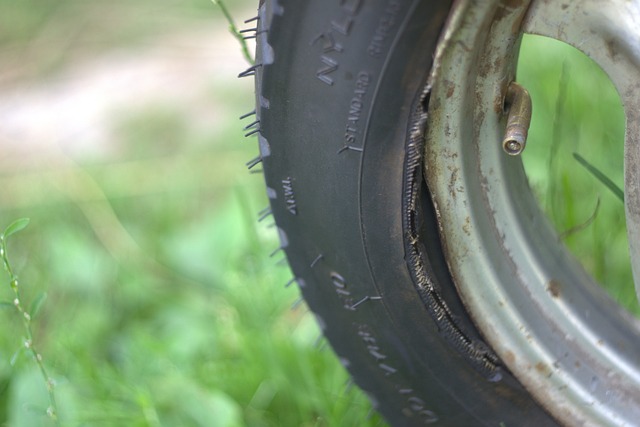
The precision and accuracy of Advanced Driver Assistance Systems (ADAS) heavily rely on meticulous calibration. In the context of modern vehicles, Original Equipment Manufacturer (OEM) repair procedure access plays a pivotal role in ensuring this critical process is executed flawlessly. By granting authorized service centers direct access to OEM guidelines and protocols, collision repair services can maintain the intricate balance that underpins ADAS functionality. This ensures that every component, from sensors to cameras, functions in harmony, resulting in accurate and reliable performance.
Moreover, having access to up-to-date OEM repair procedures allows car repair services to adapt to evolving vehicle technologies. As auto painting and other maintenance tasks become more sophisticated, the calibration processes must reflect these advancements. With the right resources, technicians can effectively navigate the complex landscape of ADAS calibration, guaranteeing that every repair or modification is executed with the utmost care and precision, ultimately enhancing road safety and passenger confidence.
Best Practices and Future Trends
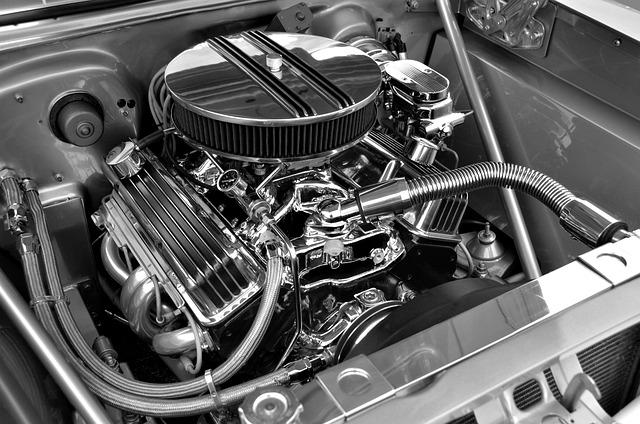
The evolution of Advanced Driver Assistance Systems (ADAS) has brought about a new era in automotive technology, with intricate calibration processes becoming increasingly vital for optimal performance and safety. As such, establishing best practices for OEM repair procedure access is paramount. A structured approach to gaining access to original equipment manufacturer (OEM) repair procedures ensures that ADAS sensors and cameras are calibrated accurately after any vehicle collision repair or tire services. This involves a thorough understanding of the specific calibration requirements for each vehicle model and ensuring that authorized technicians have seamless access to these procedures.
Looking ahead, the future trends in car body shop operations will likely involve enhanced digital connectivity and cloud-based platforms. These tools could streamline OEM repair procedure access, enabling real-time updates and remote support for ADAS calibration. Such advancements will not only improve efficiency but also guarantee that repair technicians work with the latest information, ensuring the safety and reliability of autonomous driving features.
Access to Original Equipment Manufacturer (OEM) repair procedures plays a pivotal role in ensuring the precision and reliability of Advanced Driver-Assistance Systems (ADAS) calibration. By providing detailed, up-to-date guidelines, these procedures enable technicians to accurately adjust and fine-tune ADAS components, enhancing safety and performance. Embracing best practices, including comprehensive training and standardized protocols, is essential to maintain accuracy. As the automotive industry evolves, the integration of advanced technologies and data analytics will further refine OEM repair procedure access, leading to improved ADAS calibration methodologies and ultimately, safer vehicles.

